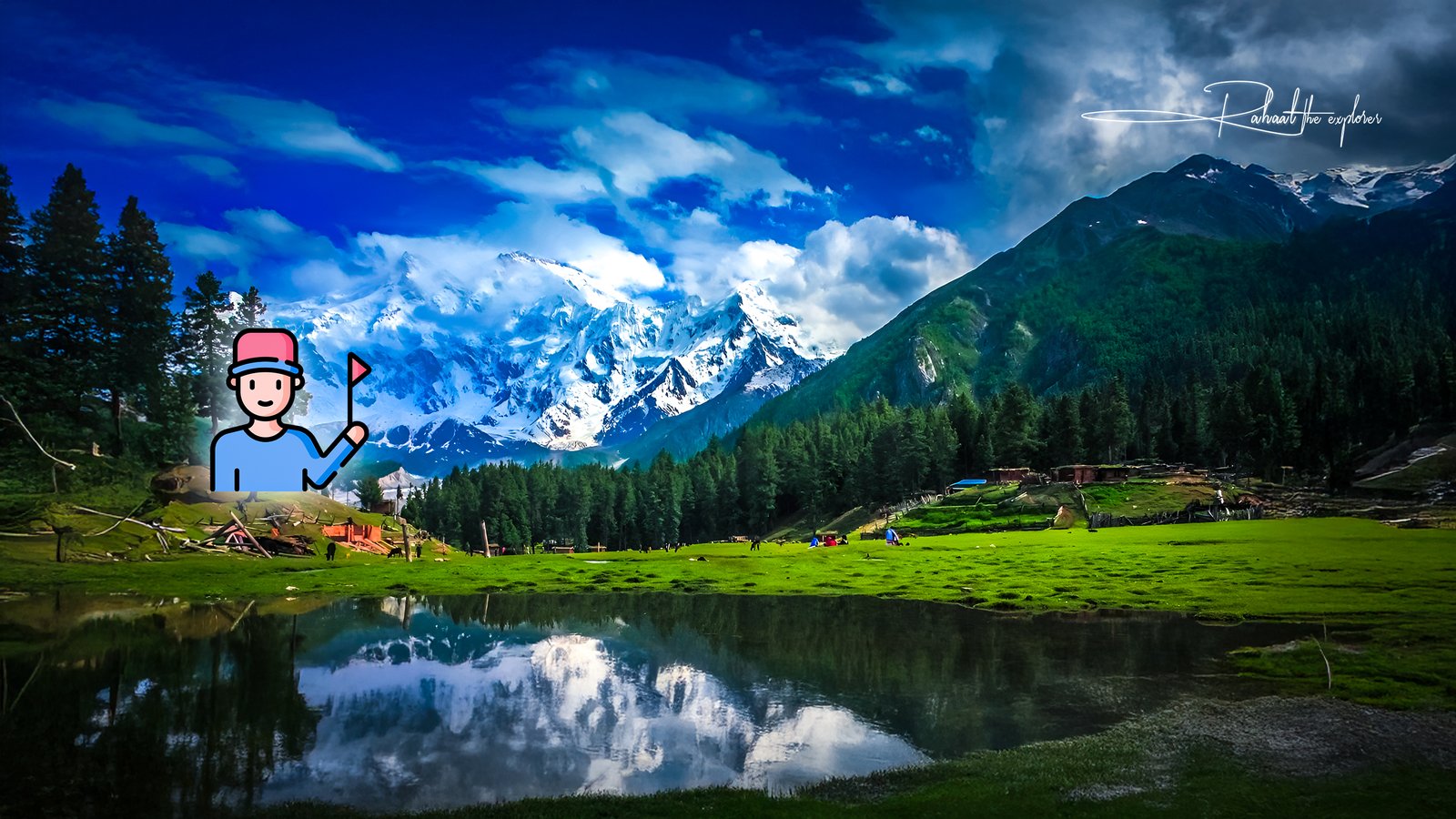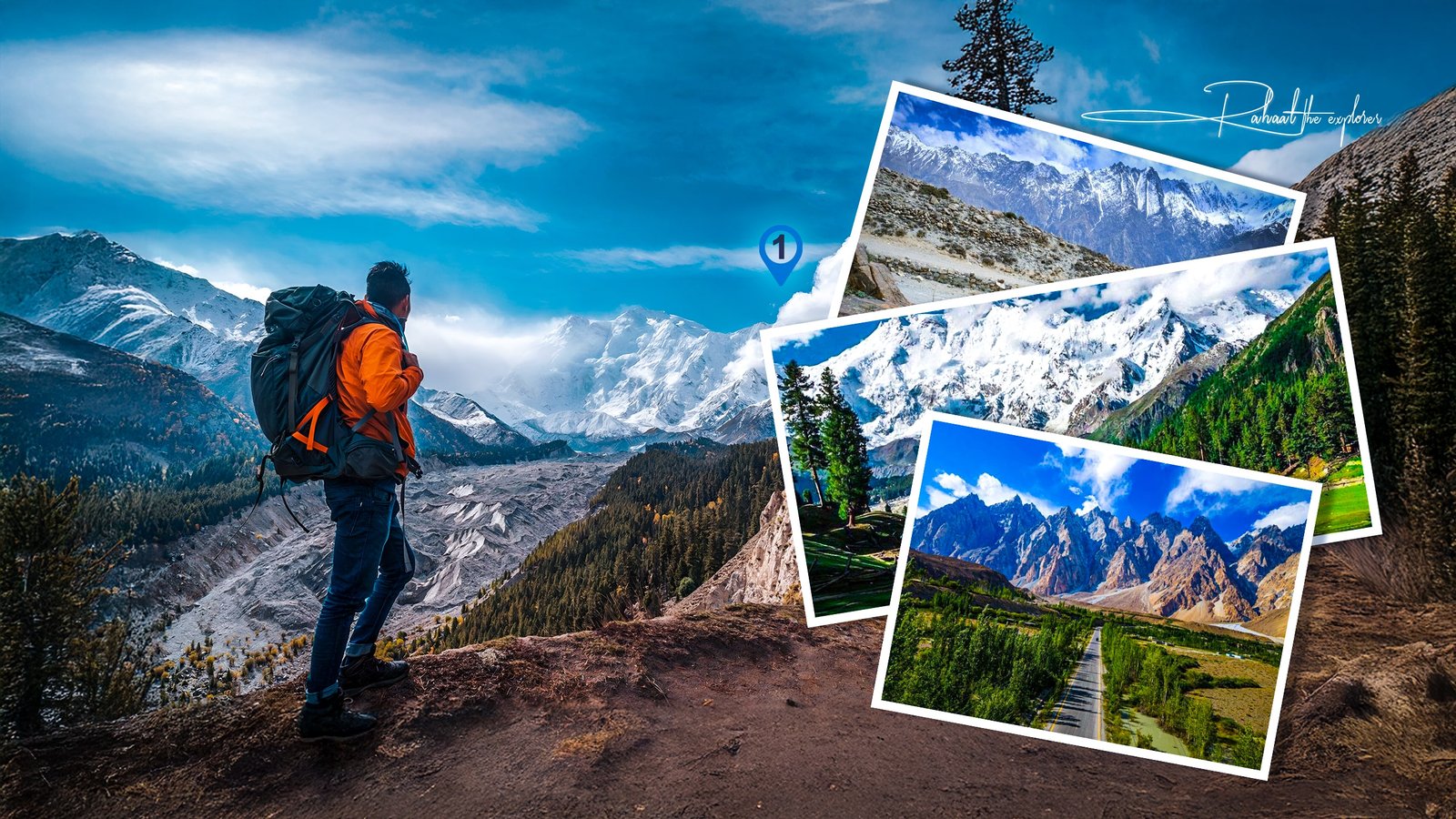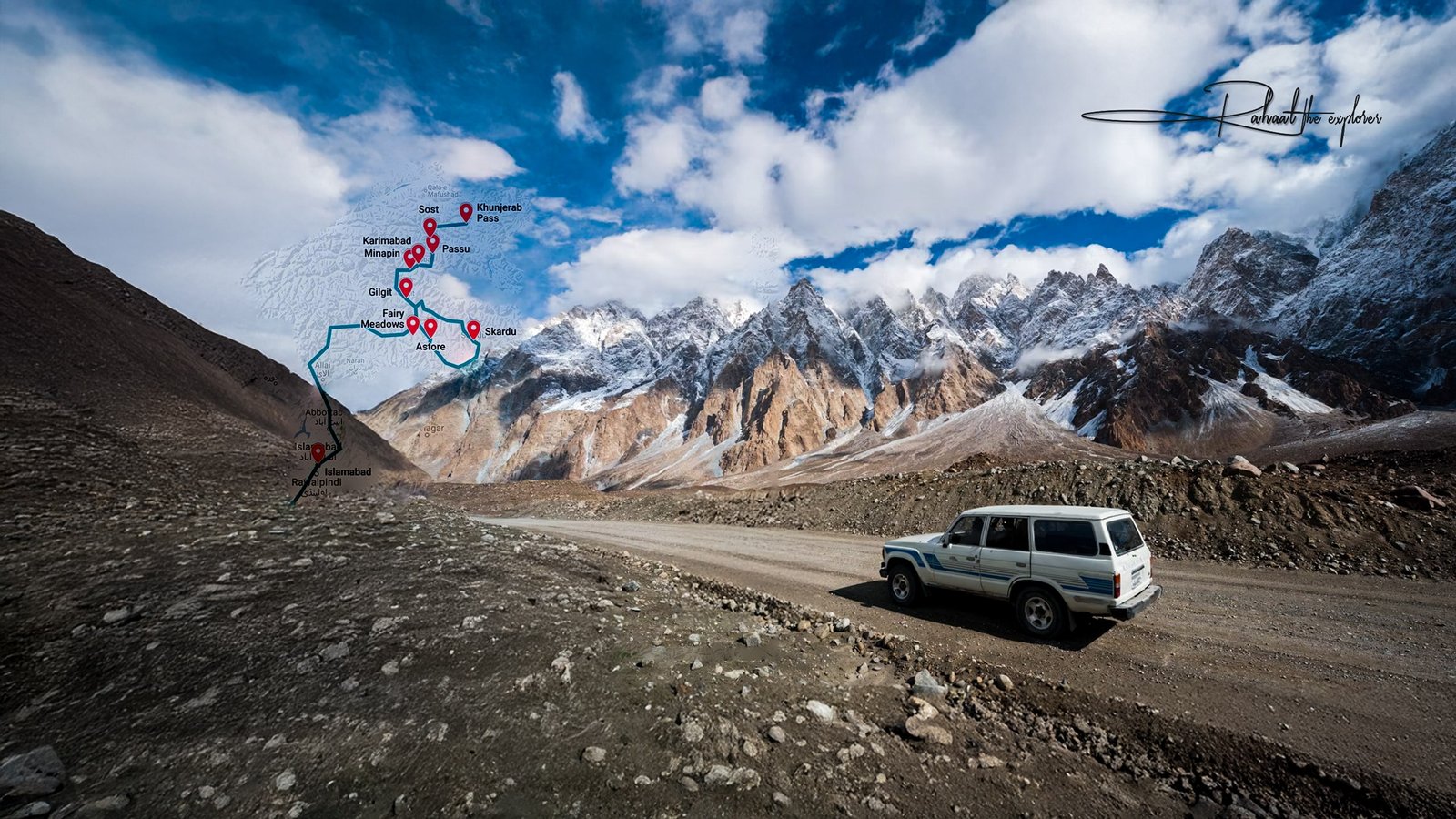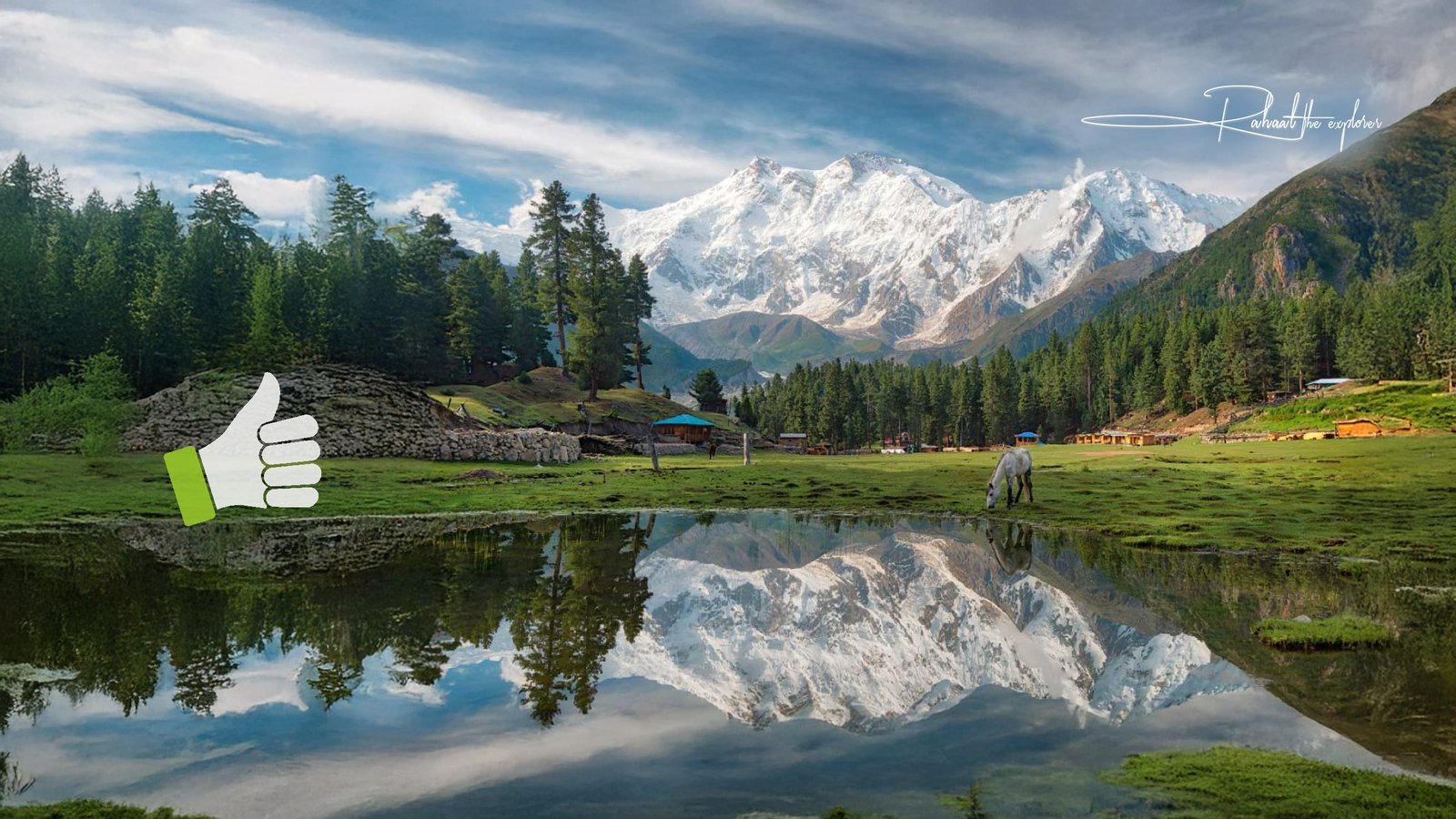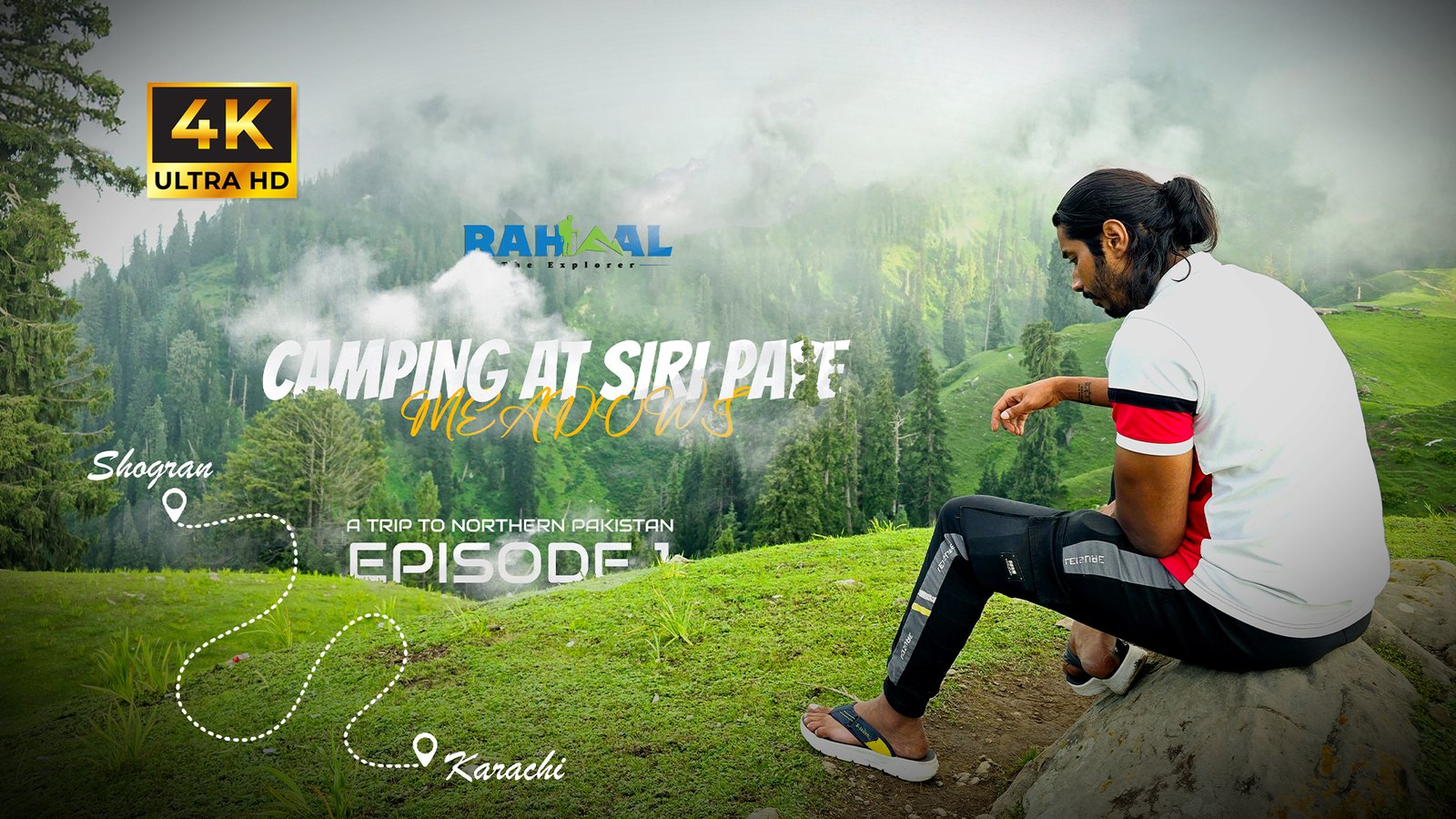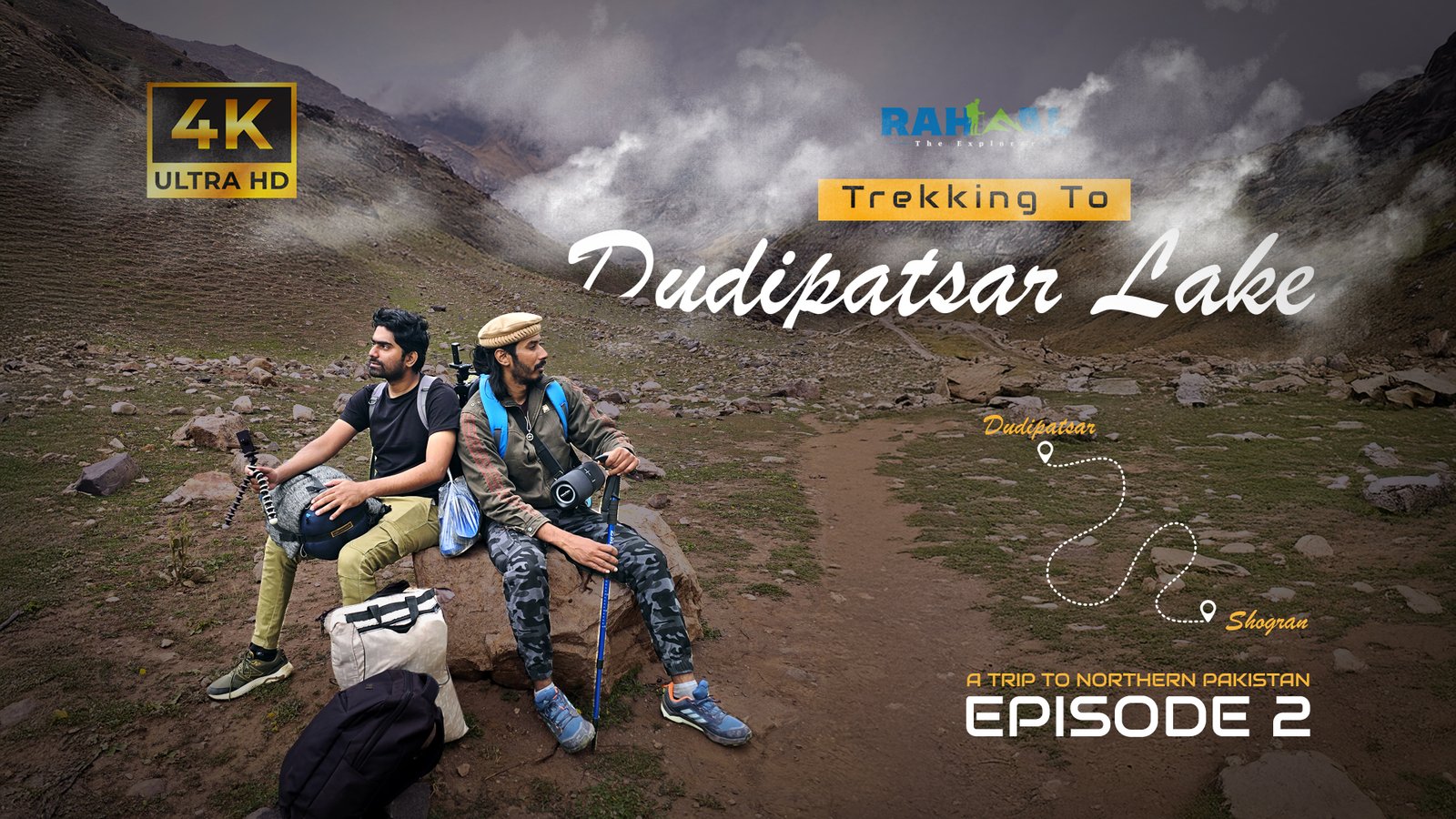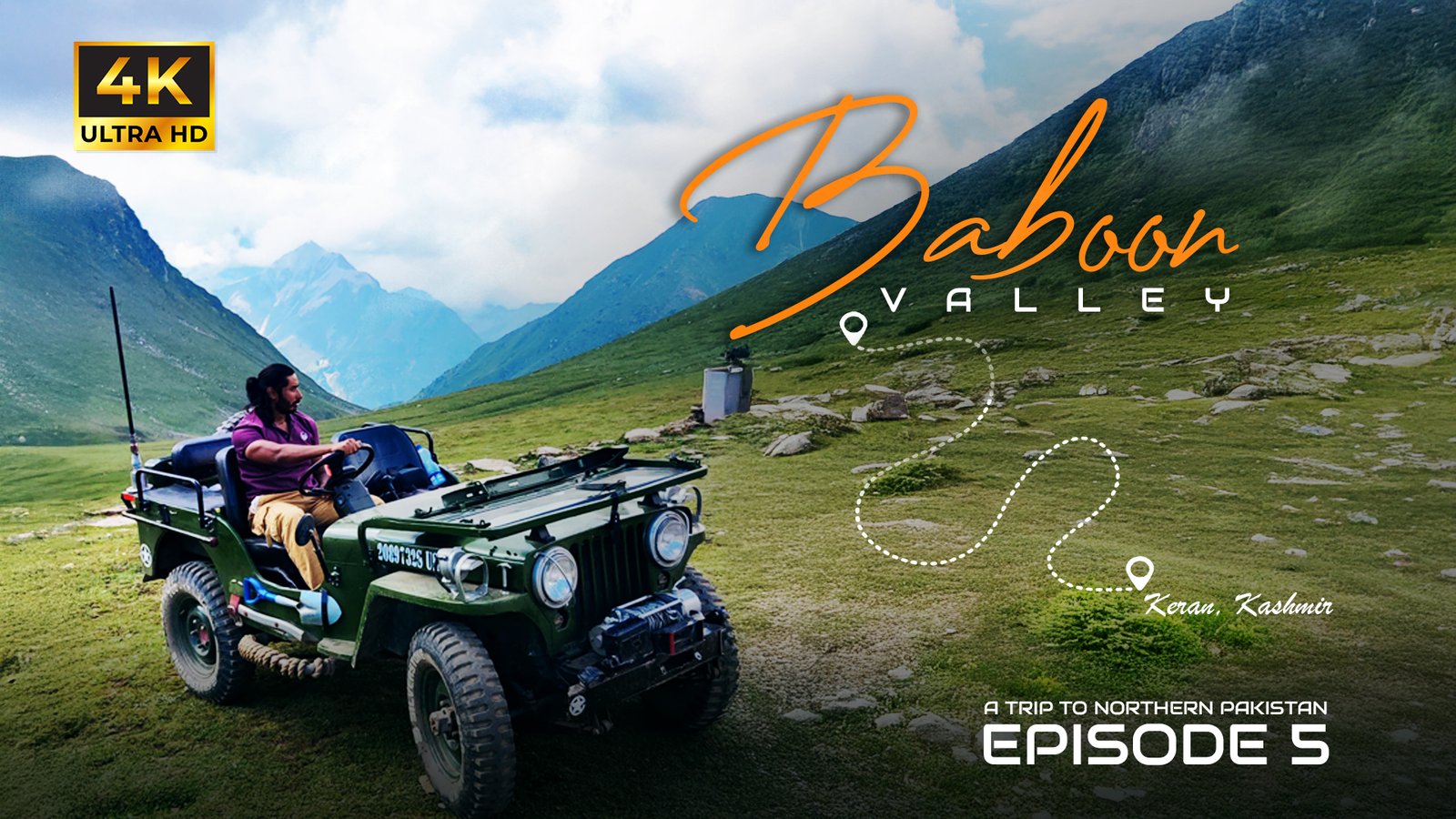Have you ever dreamed of finding a real diamond in the wild? Imagine spending a day digging through the soil and walking away with a sparkling gem worth thousands. That dream becomes reality at Crater of Diamonds State Park, the only diamond-bearing site in the world open to the public where you can keep whatever you find.
Located in Murfreesboro, Arkansas, this remarkable park attracts gem enthusiasts, families, and curious travelers from all over the world. Whether you’re a seasoned rockhound or just looking for a unique outdoor adventure, exploring Crater of Diamonds State Park promises an experience unlike any other in the United States.
In this guide, we’ll cover everything you need to know — from the park’s fascinating history to tips on how to find diamonds, best times to visit, and FAQs to make your trip unforgettable.
1. What Makes Crater of Diamonds State Park So Special?
Crater of Diamonds State Park is one of the most unique destinations in America. The park sits atop an ancient volcanic crater that erupted roughly 100 million years ago, bringing diamond-bearing rock called lamproite to the surface.
What makes it truly exceptional is that visitors are free to search for diamonds and keep what they find — no permits, no special licenses, and no catch. The thrill of discovery and the possibility of uncovering a precious gem have made it a favorite destination for adventurers and families alike.
2. The History Behind Crater of Diamonds
The story of this park begins in 1906, when farmer John Huddleston found two glittering stones on his land near Murfreesboro. Local experts confirmed they were diamonds, sparking America’s only diamond rush.
Over the years, the site passed through several owners, mining companies, and treasure hunters. In 1972, the land was purchased by the State of Arkansas, transforming it into Crater of Diamonds State Park — a public area dedicated to recreation, education, and conservation.
Since its opening, visitors have found over 35,000 diamonds here, including some of the largest ever discovered in the U.S.
3. Famous Diamonds Found at the Park
Some truly extraordinary finds have put this park on the map:
- Uncle Sam Diamond (1924): The largest diamond ever discovered in the U.S., weighing 40.23 carats.
- Amarillo Starlight (1975): A 16.37-carat white diamond found by a visitor from Texas.
- Strawn-Wagner Diamond (1990): A 3.03-carat diamond graded “perfect” by the American Gem Society — one of the rarest stones ever found here.
- Esperanza Diamond (2015): A beautiful 8.52-carat white gem later cut into a stunning triolette shape.
These finds prove that the park continues to produce valuable gems — and that anyone could be the next lucky prospector.
4. How to Find Diamonds at Crater of Diamonds State Park
The park’s 37-acre search area is plowed regularly, exposing fresh soil and improving visitors’ chances of finding diamonds. There are three main methods used by gem hunters:
1. Surface Searching
After rainfall, diamonds often rise to the surface due to their weight and density. Simply walk across the field and keep an eye out for sparkling stones. Many visitors have found diamonds this way without tools.
2. Dry Sifting
This involves using a screen or sifter to separate gravel and soil, shaking it to reveal heavier materials like gemstones.
3. Wet Sifting
The most effective method. You wash the soil in water to remove clay, revealing potential gems in the remaining gravel. Wet sifting stations are available throughout the park.
Pro Tip: Diamonds found here are typically white, yellow, or brown, and they have a greasy luster that makes them stand out from other rocks.
5. What Else Can You Find Besides Diamonds?
While diamonds are the main attraction, Crater of Diamonds State Park is also rich in other semi-precious stones and minerals, including:
- Quartz
- Amethyst
- Garnet
- Jasper
- Agate
These stones are beautiful keepsakes and make the experience even more rewarding, even if you don’t find a diamond.
6. Tools and Equipment for Gem Hunting
Visitors can bring their own equipment or rent tools from the park. Here’s what you might need:
- Shovels and buckets
- Classifying screens or sifters
- Kneepads or a small stool
- Gloves and hat for sun protection
- Water bottles and sunscreen
If you’re new to gem hunting, don’t worry — the park staff provides demonstrations and educational programs to teach visitors the best methods for diamond searching.
7. Best Time to Visit Crater of Diamonds State Park
While the park is open year-round, certain times are better for diamond hunting and comfort.
Spring and Fall (March–May, September–November)
These months offer mild weather, making it ideal for spending hours outdoors digging or searching. The soil is easier to work with, and visitor crowds are moderate.
After Heavy Rain
Rain naturally washes the soil and exposes diamonds on the surface. Many of the park’s biggest finds have occurred shortly after storms.
Summer
The park can get quite hot, but early mornings are cooler and great for surface searching.
8. Facilities and Attractions at the Park
Crater of Diamonds State Park offers far more than just gem hunting. It’s a full-fledged state park with amenities for families and nature enthusiasts.
Visitor Center
Start here for maps, exhibits about the park’s geology, and information on identifying gems.
Diamond Discovery Center
An educational hub where visitors can learn about rock types, diamond characteristics, and gem identification.
Water Park
The Diamond Springs Water Park is a kid-friendly splash area — a great way to cool off after a day of digging.
Picnic Areas and Trails
There are shaded picnic tables, nature trails, and scenic spots throughout the park.
Camping and Lodging
You can stay overnight at one of the park’s RV sites or campsites. Nearby, Murfreesboro offers cabins, motels, and vacation rentals for longer stays.
9. Tips for a Successful Diamond-Hunting Trip
If you want to maximize your chances of finding a diamond, here are expert tips from experienced prospectors:
- Visit after rainfall — it increases your odds of spotting diamonds on the surface.
- Use wet sifting — it’s the most reliable method for finding gems.
- Be patient and thorough — it often takes hours of searching.
- Learn to identify uncut diamonds — they’re usually rounded and greasy-looking.
- Bring snacks, water, and sunscreen — the dig field can be tiring and hot.
- Don’t forget to check your finds — the park’s experts will help identify gems for free at the Diamond Discovery Center.
10. Educational Opportunities for Families
Crater of Diamonds is a fantastic destination for kids and families because it combines fun, science, and hands-on learning. Children can learn about:
- Volcanoes and geology
- Mineral formation
- Gem identification and classification
The park’s educational programs often include guided tours, school field trips, and family workshops.
11. The Environmental Mission of the Park
Crater of Diamonds State Park isn’t just about treasure hunting — it’s also dedicated to environmental preservation and sustainable tourism.
The park maintains a delicate balance between allowing visitors to dig and protecting the natural ecosystem. Soil is plowed and managed carefully to prevent erosion, and educational programs promote responsible gem hunting.
This sustainable approach ensures that future generations can enjoy the thrill of discovery just as much as visitors today.
12. How to Get to Crater of Diamonds State Park
Location:
209 State Park Road, Murfreesboro, Arkansas 71958
By Car:
- From Little Rock, take I-30 southwest to Murfreesboro — about 2 hours.
- From Dallas, drive northeast via I-30 — approximately 4.5 hours.
By Air:
The nearest major airport is Little Rock National Airport (LIT). From there, rent a car to reach the park.
Parking:
Ample parking is available near the visitor center and dig area.
13. Entry Fees and Hours
- Entry Fee: Around $15 for adults, $7 for children (ages 6–12), and free for children under 6.
- Operating Hours: Typically 8:00 AM to 5:00 PM (check official park website for seasonal changes).
- Tool Rentals: Available for a small additional fee.
14. Nearby Attractions
If you’re planning a longer trip, there’s plenty to see around Murfreesboro and southwest Arkansas:
- Ka-Do-Ha Indian Village Museum: Learn about Native American history and archeological finds.
- Lake Greeson: A great spot for fishing, boating, and camping.
- Little Missouri River: Perfect for swimming or canoeing after a day of diamond hunting.
- Historic Washington State Park: Explore 19th-century Arkansas history nearby.
15. FAQs About Crater of Diamonds State Park
Q1: Can you really find diamonds at Crater of Diamonds State Park?
Yes! Visitors find several hundred diamonds each year. Most are small, but large discoveries still happen regularly.
Q2: Do you get to keep the diamonds you find?
Absolutely. The park’s “finders keepers” policy means whatever you discover is yours to take home.
Q3: What tools do I need to dig for diamonds?
Basic tools like shovels, buckets, and sifters are helpful. You can bring your own or rent them from the park.
Q4: How often do people find diamonds?
On average, visitors report finding 1–2 diamonds per day, depending on weather and soil conditions.
Q5: Are dogs allowed in the park?
Yes, pets are welcome on leashes in outdoor areas but not inside buildings.
Q6: What’s the best month to visit?
Spring and fall are ideal for comfort, but after rain is the best time for actual diamond discoveries.
Q7: Can beginners find diamonds?
Yes — many first-time visitors have found diamonds. The staff provides instructions and even identifies stones for free.
16. Final Thoughts: A One-of-a-Kind Adventure
Exploring Crater of Diamonds State Park is more than just a day trip — it’s an adventure that blends history, geology, and excitement. Whether you’re an experienced rock collector or a family looking for an unforgettable experience, this Arkansas gem offers a rare opportunity to dig for real diamonds in a beautiful natural setting.
With a bit of luck, patience, and curiosity, you might just leave with a sparkling reminder of your journey — and even if you don’t, the experience itself is truly priceless.
So, pack your shovel, bring your sense of adventure, and get ready to uncover treasures buried beneath the Arkansas soil at Crater of Diamonds State Park.






